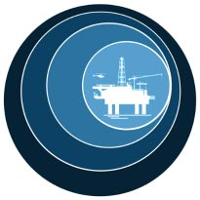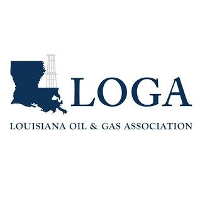Compressor Blowdown Leads to Fire
Effective Date: 5/13/1986
 | Minerals Management Service Gulf of Mexico OCS Region |
Notice No. 149
May 13, 1986
Compressor Blowdown Leads to Fire
A production platform fire occurred when a compressor shutdown and the resultant blowdown gas surge discharged oil from the flare scrubber vent line. Sand in the chem-electric treater had been causing fluid level control problems. The level safety high was placed in the bypass position for manual operation and, subsequently, a high level occurred. Oil was carried over to the flare scrubber, but the volume was not enough to cause platform shut in. Later the compressor shut down because of vibration and automatically blew down to the flare scrubber, discharging accumulated oil from the vent line. Wind blew the oil across the platform onto the living quarters, compressor, and other equipment, resulting in a fire.
Ignition is believed to have occurred at an uninsulated section of engine exhaust line on a rental generator being used during sand blasting and painting operations. Personnel detected the fire, sounded the fire alarm, and activated the emergency shutdown system, shutting in the platform. The fire water system was out of service for repairs; therefore, the initial efforts to extinguish the fire, which proved unsuccessful, were made with dry chemicals. The platform was abandoned by escape capsule; however, one person may have sustained a hip injury in the process. The platform was reboarded and the fire was extinguished with dry chemicals. Pollution was slight, but platform damage was estimated at $400,000.
To prevent a recurrence of this type of accident, the operator has taken steps to:
1. Route the compressor blowdown line directly to the flare, bypassing the flare scrubber.
2. Prohibit placing the high level control on the chem-electric treater in bypass during level control problems.
The Minerals Management Service requires that all engine exhausts be properly insulated.






